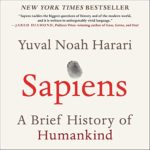 This one may be completely off the mark because it is based only on my observation of a tiny sample size. So take it for the non-scientific musings of someone trying to draw connections in a very strange world (I really need a statistician to help me with these!).
This one may be completely off the mark because it is based only on my observation of a tiny sample size. So take it for the non-scientific musings of someone trying to draw connections in a very strange world (I really need a statistician to help me with these!).
Watching Facebook posts over the past week, I’ve discovered an alarming trend of the use of data relating to COVID cases and COVID fatalities. I have noticed that my more left-leaning friends have been focused on number of cases and number of potential deaths, whereas the more right-leaning people who I follow (or more rightxwing comments on others’ posts) tend to focus on the number who have recovered and how the projected death counts are less than other pandemics. I follow one person who daily posts a running count of the number of people who have recovered…I’m not sure where that data comes from, because it would seem to be totally uncountable given the number of non-symptom cases.
The reasons for this seem pretty obvious to me. Just as everything else in life, COVID has become the football of never ending game of politics that we cannot escape for a moment. Those who are questioning administrative handling of this crisis (of which, I’m sure it’s no surprise, I count myself) focus on the death counts as a preventable tragedy, the inevitable cost of ignoring the recommendations of science and believing that spin and bluster could change this reality as it has changed so many others. Death counts (and projected death counts), particularly out of context, are stark and real and persuasive. I am moved by these counts, though if I were to pick away at them a bit, I’m certain I would learn more than the simple number provides, (for example, given the targeted demographics, how many of these people would have died from other causes in this time frame?). But the number is the argument, put in simple digital form.
On the other hand, those that tout the number of recovered are making an equally political statement. It is an offshoot of the pandemic-denier stance (which surprisingly remains despite all evidence). Using these numbers, one asserts that COVID is not deadly to most persons who contract it, a fact that is undeniable. Therefore, measures taken should be minimal because the contraction of the disease is not a death sentence in most cases. There is also an implied assertion that Administrative actions were correct because people are recovering. This is a variation of the “nothing to see here” argument. To be frank, I don’t know what these numbers mean either, since huge numbers of cases are never diagnosed.
These approaches violate both my first and second rules of data.
Greg’s First Rule of Data: Data is neither good nor bad, it just is. These are projections based on a certain level of reliability, whether this is good or bad is completely human projection.
Greg’s Second Rule of Data: No data point has meaning unless it is compared with another data point. I cannot draw any information about myself from isolated data points, without disaggregation and comparison.
It is sad, however, that the numbers have been politicized. Using recovery to health to support the actions of the current insanity appears callous, ignoring the real cost to individuals and communities. Likewise to use death statistics in a pandemic for political gain seems equally cold-blooded.
Years from now these numbers will be more accurate and will be placed in a greater context, but that will be long after current political figures have left the scene. Until then let us remember two things wherever we stand on the political spectrum. 1. COVID is a serious virus from which most healthy people recover; it is not an automatic death sentence for most. 2. The cost to individuals, families, and communities will be catastrophic, and none of that is politics. It is hurt, and it is up to us to jump in with the help and care when we can.
Stay safe, stay strong.
Today’s playlist: https://open.spotify.com/playlist/7b2NbQRgcBFVh2oeNpP7DL?si=GZ-ZwSJeRJC1gktDUZHYMg
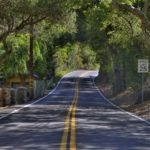 The past week of isolation has been the toughest so far. As I said at the beginning of the week, I had decided to embrace more complete lockdown protocols, so I cut out my daily walk to the store and my outdoor bike ride. Thus I was in the house alone all day every day. And to compound the feeling of loneliness, we had several days of rain virtually all day, making it impossible to take a walk around the block at night or even go out on my balcony for any length of time. All this contributed to a pretty significant case of cabin fever, and a very cranky boy.
The past week of isolation has been the toughest so far. As I said at the beginning of the week, I had decided to embrace more complete lockdown protocols, so I cut out my daily walk to the store and my outdoor bike ride. Thus I was in the house alone all day every day. And to compound the feeling of loneliness, we had several days of rain virtually all day, making it impossible to take a walk around the block at night or even go out on my balcony for any length of time. All this contributed to a pretty significant case of cabin fever, and a very cranky boy.

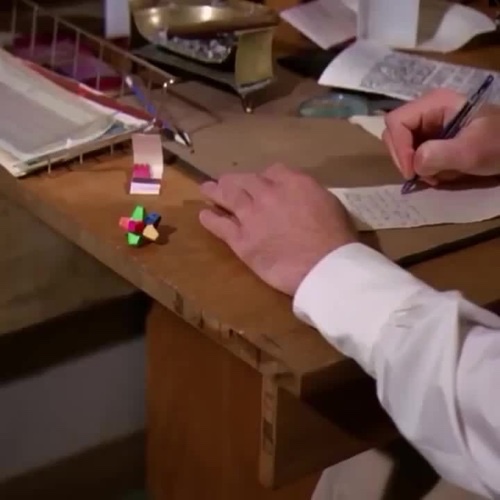 Pardon me if today’s post is shrouded in a bit of mystery, for the event that is the focus of my reflection isn’t all that important to many people beside me, though the experience I’m sure matches many of yours.
Pardon me if today’s post is shrouded in a bit of mystery, for the event that is the focus of my reflection isn’t all that important to many people beside me, though the experience I’m sure matches many of yours.
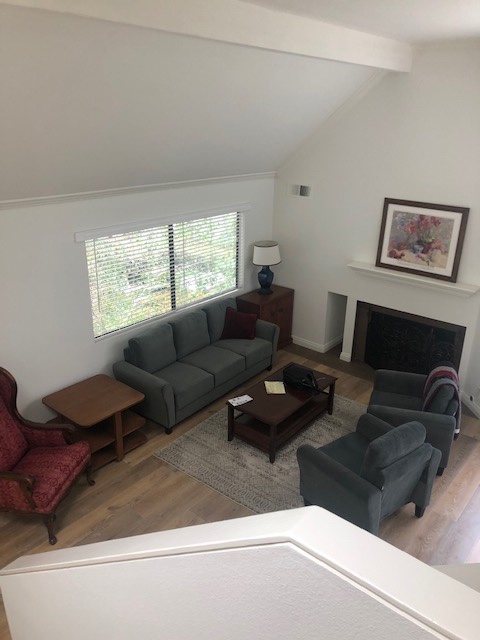 Ok, enough thinking. Time for another glimpse at my new home. This is the living room. For those of you who remember the balcony shot last week, this room is connect to that, and the shot is taken from overhead in the dining room area, one half flight up.
Ok, enough thinking. Time for another glimpse at my new home. This is the living room. For those of you who remember the balcony shot last week, this room is connect to that, and the shot is taken from overhead in the dining room area, one half flight up. Another observation without a lot of deep insight today. I’ve been alone in my condo for the past 20 days. I don’t have visitors, and I don’t visits other people’s houses. As I’ve said in a few earlier posts, this has led to a mixture of cabin fever, agitation, and just plain loneliness. I have many friends; I must text close to ten people a day, and I speak occasionally to people on the phone or even through video chat, so I am far from isolated. I have books to read and virtually the whole of Netflix and Amazon Prime laid before me. I also get out walking in the neighborhood or on my bike. My situation is no where near as extreme as so many others; however, I find myself thinking how nice it would be to have someone here to talk to, to hear noises in the house and not have to worry about them, to see someone’s real face rather than a digital simulation.
Another observation without a lot of deep insight today. I’ve been alone in my condo for the past 20 days. I don’t have visitors, and I don’t visits other people’s houses. As I’ve said in a few earlier posts, this has led to a mixture of cabin fever, agitation, and just plain loneliness. I have many friends; I must text close to ten people a day, and I speak occasionally to people on the phone or even through video chat, so I am far from isolated. I have books to read and virtually the whole of Netflix and Amazon Prime laid before me. I also get out walking in the neighborhood or on my bike. My situation is no where near as extreme as so many others; however, I find myself thinking how nice it would be to have someone here to talk to, to hear noises in the house and not have to worry about them, to see someone’s real face rather than a digital simulation. This one may be completely off the mark because it is based only on my observation of a tiny sample size. So take it for the non-scientific musings of someone trying to draw connections in a very strange world (I really need a statistician to help me with these!).
This one may be completely off the mark because it is based only on my observation of a tiny sample size. So take it for the non-scientific musings of someone trying to draw connections in a very strange world (I really need a statistician to help me with these!).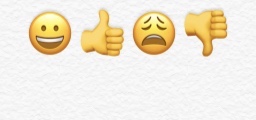 A person with whom I text regularly does not ever use emojis in her texts. I didn’t notice this at first, but as time passed, and more and more subjects were covered, it became clear that this was not a fluke, but a conscious choice. When I asked her about this, she seemed to have not noticed it herself, “No, I’ve never seen the need.”
A person with whom I text regularly does not ever use emojis in her texts. I didn’t notice this at first, but as time passed, and more and more subjects were covered, it became clear that this was not a fluke, but a conscious choice. When I asked her about this, she seemed to have not noticed it herself, “No, I’ve never seen the need.”